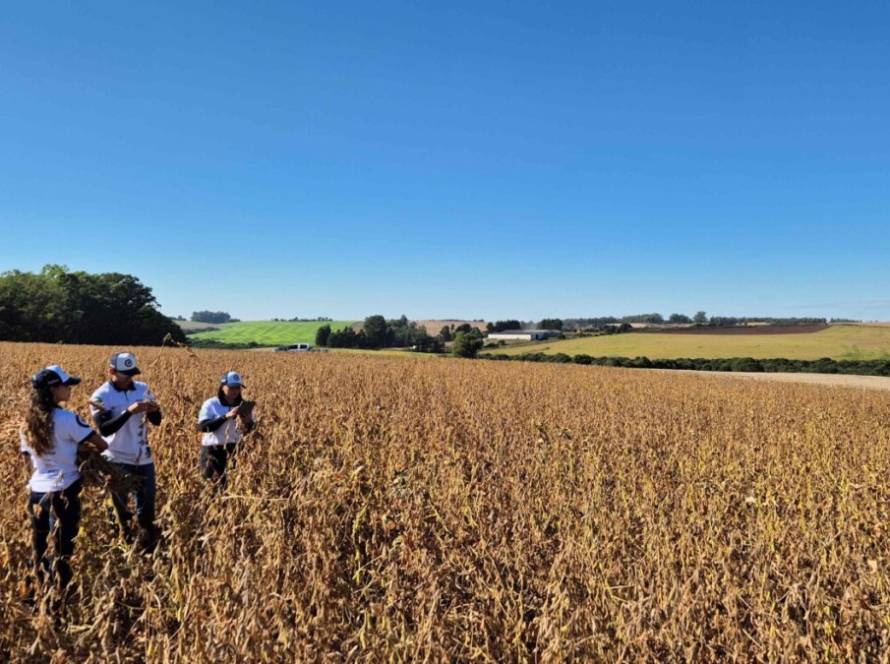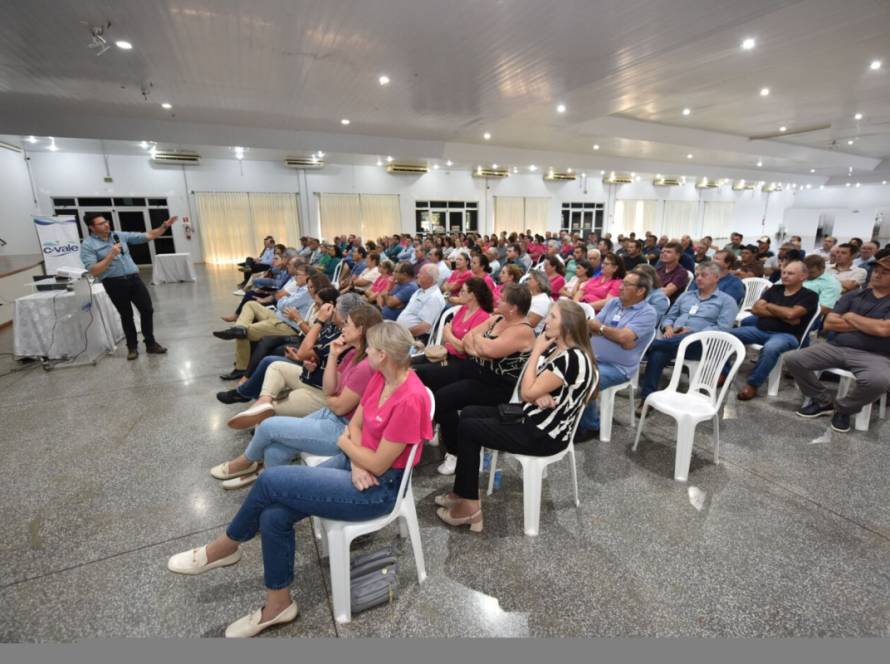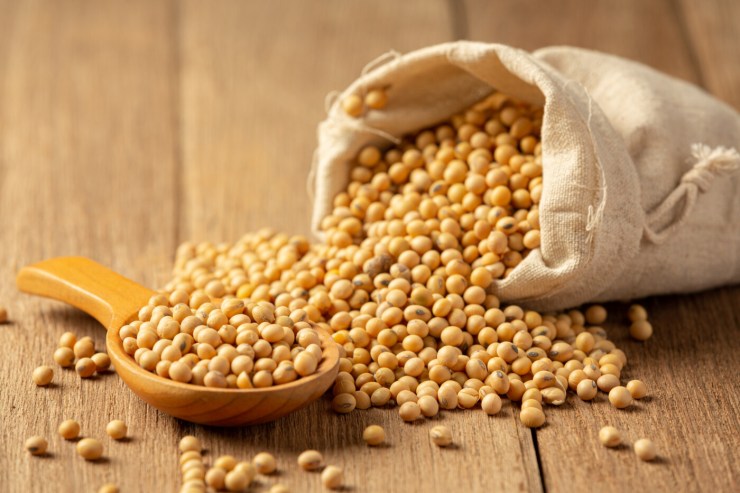The soybean cyst nematode is one of the main threats to agricultural productivity in Brazil. According to the Brazilian Society of Nematology (SBN), nematodes cause an estimated R$ 35 billion in losses per year in the country, with R$ 16 billion in losses to soybean alone. With an accelerated reproductive cycle and difficult identification in the field, the pest advances silently and poses technical challenges for management.
Agricultural engineer and researcher José Antonio Costa warns that the nematode often compromises crops even before symptoms are noticed. "It's common for producers to only identify the infestation when productivity has already been lost. The initial signs are subtle and often confused with nutritional deficiency or water stress," he explains.

Photo: Mauricio Meyer
The cyst nematode reproduces in cycles of 20 to 30 days, depending on humidity and the presence of host plants. Even without moving in the soil, the cyst can remain viable for up to eight years. The main form of dispersal occurs when contaminated soil is transported by agricultural machinery, implements, and even the shoes of people moving between different areas, allowing the nematode to spread rapidly from one crop to another.
According to Costa, this mode of spread requires special attention in areas still free of the pest. "Prevention is more effective than control. Equipment moving between different properties must be thoroughly sanitized to prevent the introduction of the cyst," he emphasizes.
Integrated management
Recommended measures include the use of genetically resistant cultivars, rotation of materials with different profiles, soil cover management, nutritional adjustments, and the application of biological agents. "Continuous use of the same cultivar can lead to the emergence of new nematode races, making control more difficult. Therefore, alternating strategies is essential to reduce the pest population in the soil and prevent its adaptation," says Costa.
In already affected areas, the adoption of good practices has enabled a gradual reduction in the cyst population and the recovery of productivity over the cycles. "There is no isolated solution. Management needs to be planned and maintained continuously, with technical monitoring and associated preventive measures," he adds.




